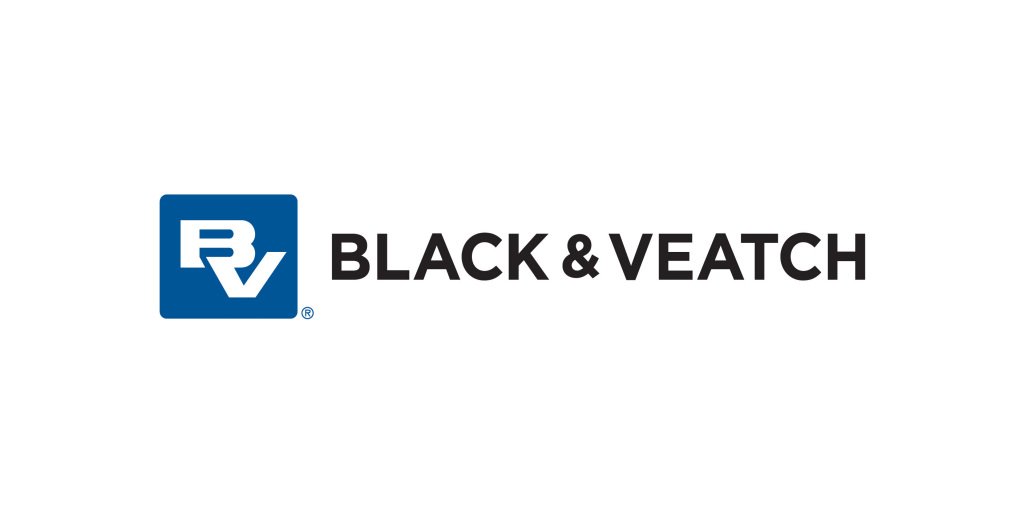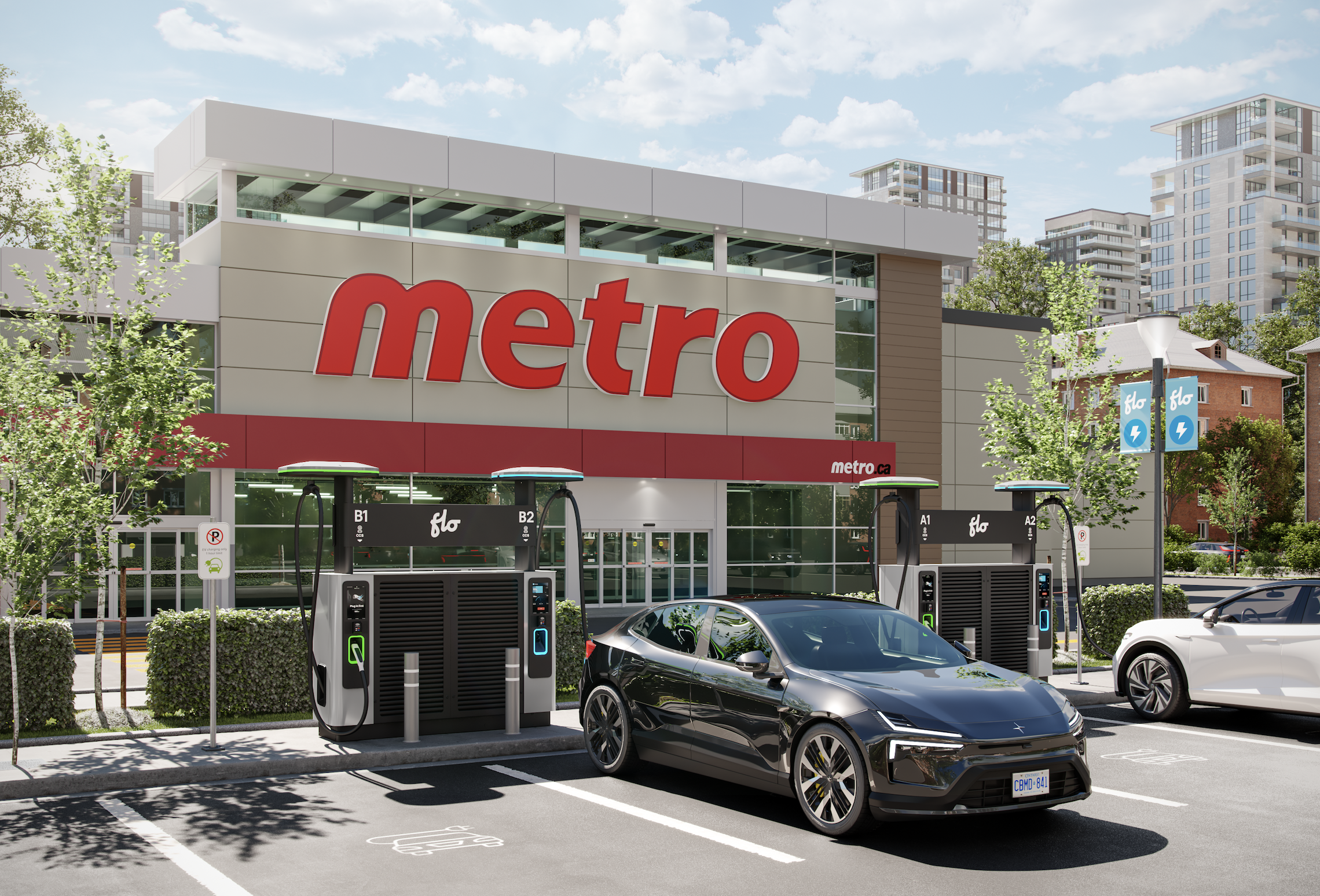Sign up for daily news updates from CleanTechnica on email. Or follow us on Google News!
Everyone is talking about lithium iron phosphate batteries, especially auto industry stakeholders who are eager to to get their hands on a higher-performing, lower-costing EV battery. A good LFP battery may be hard to find, though, if the supply chain doesn’t shape up soon. On a more positive note, the supply chain solution could be floating right under your feet, flowing down your local sewer system to the local wastewater treatment plant.
The LFP Battery Of The Future Has A Supply Chain Problem…
Although an LFP battery offers the allure of lower costs, there is still no such thing as a free lunch. Supply chain analysts have already raised red flags about the supply chain.
“Demand for lithium-iron-phosphate (LFP) batteries is on the rise as automakers look for ways to further reduce the cost of electric vehicles,” the firm Benchmark noted last October, in an LFP battery market summary published last October.
Benchmark further notes that 81% of the global supply of phosphate rock is produced by just six countries, with China and Morocco in the lead, but the real problem is farther up the supply chain. Regardless of the source, an LFP battery can’t use phosphate rock straight from the mine. It has to be purified.
“Only 3% of total phosphate product supply is currently suitable for lithium ion battery applications given refinement qualifications,” Benchmark observes. “For LFP, food grade purified phosphoric acid (PPA) supply is needed, with demand for this battery input so far being driven by food and industrial usage.”
The food and industrial users of today will have to make room for the LFP battery of the future tomorrow, and soon. Benchmark anticipates that automakers will skyrocket to 24% of global phosphoric acid demand by 2030, up from just 5% currently.
“This emerging demand will need to be satisfied by new sources of supply,” Benchmark notes, referring those interested in further details to its Phosphoric Acid Market Outlook.
…And Wastewater Could Be The Solution
If you caught the thing about the use of purified phosphate in food systems, that’s where the wastewater comes in. Phosphates are compounds derived from phosphorus, which is an essential mineral that occurs naturally in meat and other foods. However the practice of adding loads of extra phosphates to processed foods can lead to health troubles.
“Hyperphosphatemia has been identified in the past decade as a strong predictor of mortality in advanced chronic kidney disease,” warns the National Institutes of Health. NIH lists processed “meat, ham, sausages, canned fish, baked goods, cola drinks, and other soft drinks” among the foods and beverages where large amounts of phosphate are commonly added.
All this is by way of saying that the concentration of food-grade phosphorus in municipal wastewater could be high enough to make the economic case for deploying wastewater to anchor the LFP battery supply chain.
That is the solution proposed by a research team in China, based at the Shenzhen Engineering Research Laboratory for Sludge and Food Waste Treatment and Resource Recovery. The researchers published their findings in the peer-reviewed journal Engineering under the title, “Green and high-yield recovery of phosphorus from municipal wastewater for LiFePO4 batteries.”
Who’s Gonna Pay For All This?
Municipal wastewater is generally composed of almost 100% water along with minuscule quantities of organic and inorganic solids. The vanishingly small presence of solids suggests that that the economic case for extracting any one particular element or compound would be difficult to make. However, the wastewater treatment plant already does much of the heavy lifting.
Modern treatment plants here in the US and elsewhere are designed to separate solids from incoming sewage. The point is to capture excess phosphorus and other regulated pollutants that would otherwise end up in the nearest river.
The byproduct is a thick sludge or slurry with a relatively high concentration of phosphorus. A copious amount of iron is also present, because part of the treatment process involves subjecting wastewater to an iron-based coagulant.
To remove both substances, the Shenzhen team took the sludge and subjected it to a compaction process called sintering. “This sludge, rich in phosphorus and iron, undergoes a sintering treatment followed by acid washing to yield purified P–Fe oxides (Fe2.1P1.0O5.6),” they reported.
Deploying Wastewater-Sourced Materials in an LFP Battery: It Works!
In an interesting twist, the research team also found that wastewater sludge can benefit the performance of an LFP battery compared to the conventional phosphate supply chain.
After recovering the purified oxides from wastewater, the team deployed them in carbon-coated LiFePO4 battery cathodes. They reported that the cathodes achieved “a specific discharge capacity of 114.9 mA·h·g−1 at 17 mA·g−1 and maintain a remarkable cycle stability of 99.2% after 100 cycles.”
“This enhanced performance is attributed to the beneficial impurities from the sludge, which contribute to a more stable crystal structure in the cathodes,” they concluded.
To gild the green lily, the research team notes that their sludge recovery process also improves the quality of municipal sewage sludge. Municipal sewage sludge is commonly de-watered or dried for use as a soil enhancer or fertilizer, so removing an overload of phosphorus-based nutrients is a plus.
The LFP Battery Of The Future, Today
Meanwhile, auto manufacturers are not waiting around for the more sustainable supply chain of the future. The Ford Motor Company, for example, has put a plan in motion to manufacture an LFP battery for its lineup of electric vehicles. As of last month, the company’s forthcoming BlueOval Battery Park Michigan LFP battery factory was about 20% complete.
Other legacy firms with an eye on the LFP market include ENTEK Lithium Separators, a 40-year-old maker of battery separator materials. Last month the firm celebrated the conditional approval of a loan of up to $1.2 billion — yes, that’s billion — from the Loan Programs Office of the US Department of Energy (yes, that Loan Programs Office) to build a new factory. “The separators produced will be able to accommodate all existing lithium-ion EV battery chemistries, including NMC, NCA, LMFP, and LFP,” the Energy Department notes.
Global stakeholders in the chemicals industry are also eyeing the US for potential business. In October of 2022 the Israeli firm ICL Group hooked up with the Norwegian startup Freyr Battery and the Utah company American Battery Factory to announce their plans for a new LFP cathode powder factory in Missouri.
“The Company is currently building a state-of-the-art $400 million plant in St. Louis to supply the rapidly growing US market for lithium iron phosphate batteries for cars,” ICL reported last November.
The company is representative of the forces at work in the LFP battery supply chain. ICL began life with an initial focus on processing phosphates for fertilizer, then it soon shifted gears to encompass other industrial applications as well as food-grade phosphates. Now it is addressing the EV battery market.
“ICL was quick to see the potential of advanced phosphate compounds for manufacturing LFP batteries, especially for the EV market,” the company emphasizes.
Keep an eye on ICL to make some moves in another emerging energy storage field to challenge conventional lithium-ion technology, that being flow batteries. Electric vehicle stakeholders are not too keen on the idea (with one notable exception), but there are plenty of opportunities in the stationary energy storage field.
Follow me via LinkTree, or @tinamcasey on Threads, LinkedIn, and Instagram.
Photo courtesy of ENTEK.
Have a tip for CleanTechnica? Want to advertise? Want to suggest a guest for our CleanTech Talk podcast? Contact us here.
Latest CleanTechnica.TV Videos
CleanTechnica uses affiliate links. See our policy here.
CleanTechnica’s Comment Policy





